Found 758 places
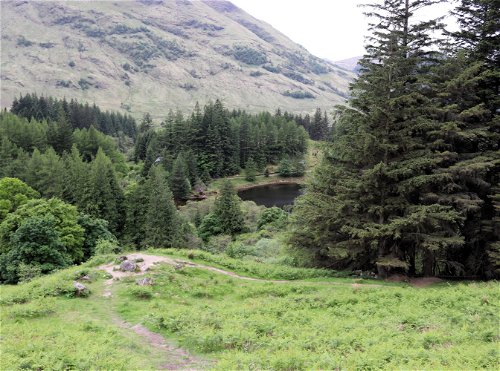
Hagrid's Hut
Landscape Glencoe ScotlandThe filming location for Hagrid's Hut from the Harry Potter movies set up in Clachaig, Glencoe.
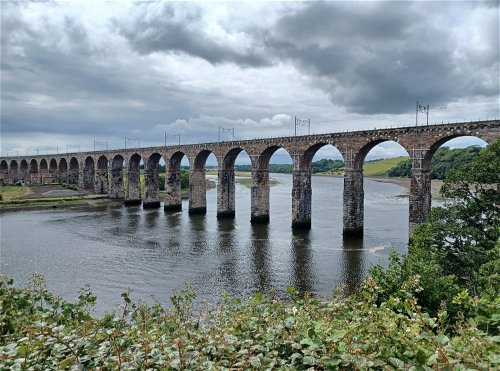
Royal Border Bridge
Bridge Berwick Upon Tweed NorthumberlandA Grade I listed railway viaduct spanning the River Tweed at Berwick and built by Robert Stephenson.
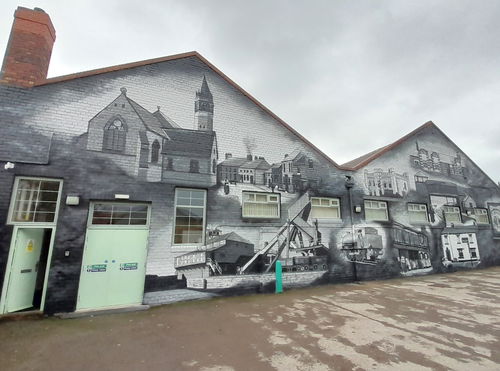
Work, Rest, Pray Painting At Sherburn Village Community Centre
Art Durham County DurhamAn outstanding painting at Sheburn Village by Jordan Stead AKA Twenty Six Studio. It has become the pride of the village.
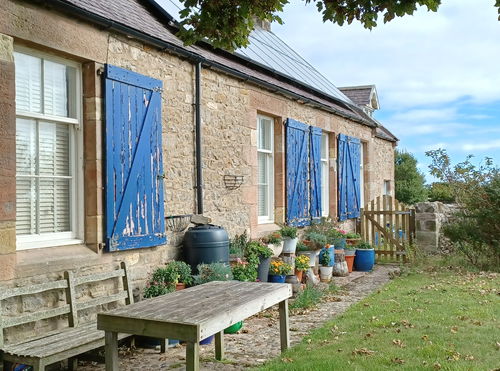
The Snook
Landscape Holy Island NorthumberlandThe peninsula part of Holy Island, made up of dunes, salt marshes, Snook House and Snook Tower
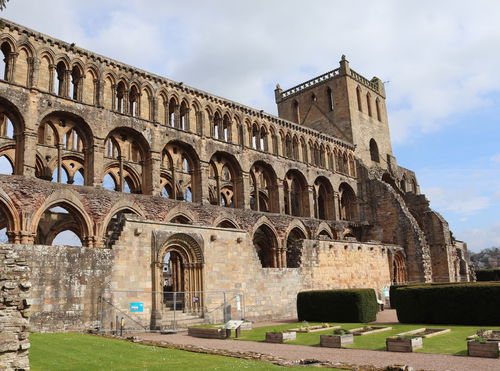
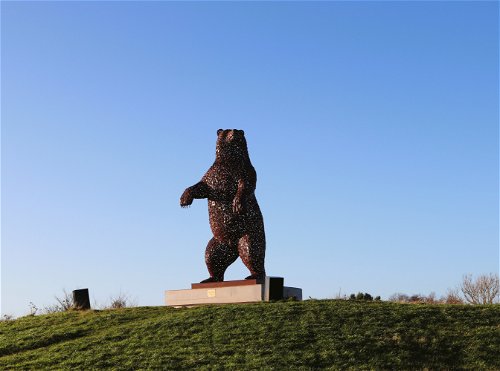
Dunbar Bear - DunBear
Statue Dunbar BordersThe DunBear is a steel sculpture of a brown bear in tribute to John Muir, the Dunbar-born naturalist and conservationist.
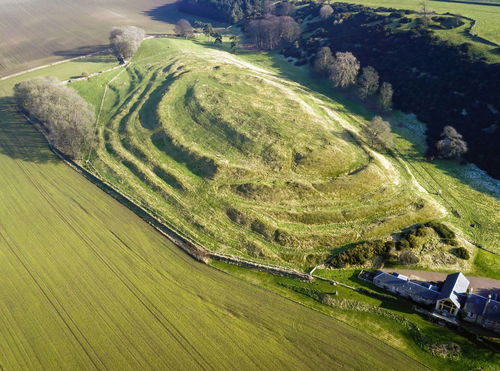
Chesters Hillfort
Hillfort East Lothian BordersThe remains of a 2,000 year old hillfort in Drem, East Lothian.
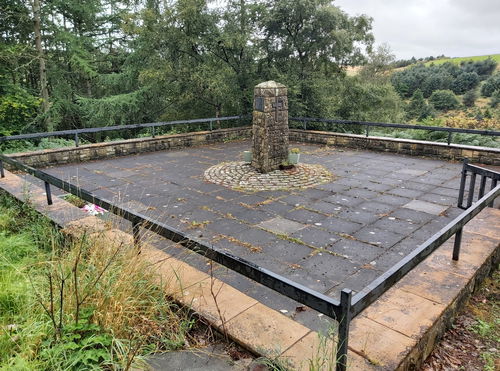
Penmanshiel Tunnel Monument
Landmark Duns BordersA monument to two engineers who died during the collapse of the Penmanshiel Tunnel expansion.
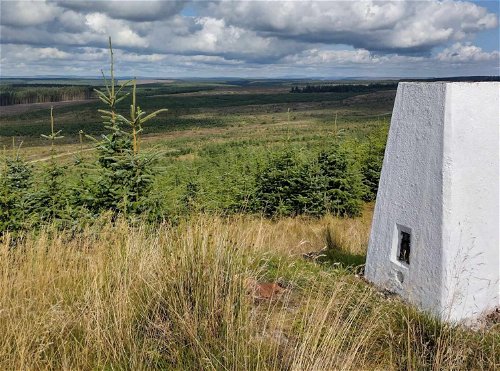
Hopealone Trig Point
Trig Point Haltwhistle NorthumberlandThe Hopealone trig point (316m) sitting on top of Hope Hill.
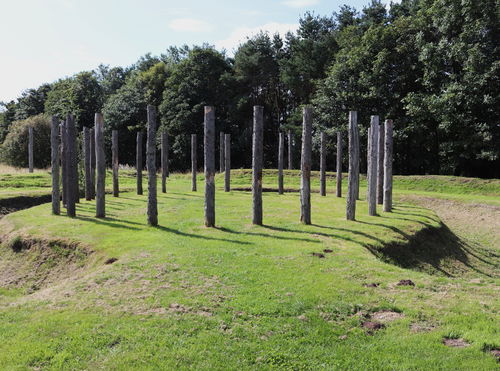
Maelmin Henge
Religious Place Ford And Etal NorthumberlandA replica of a nearby Anglo-Saxon henge and part of the part of the Maelmin Heritage Trail.
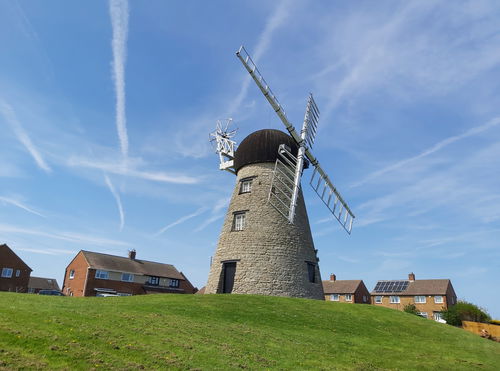
Whitburn Windmill
Windmill Whitburn Tyne And WearA Grade II listed Tower Mill dating to around 1790.
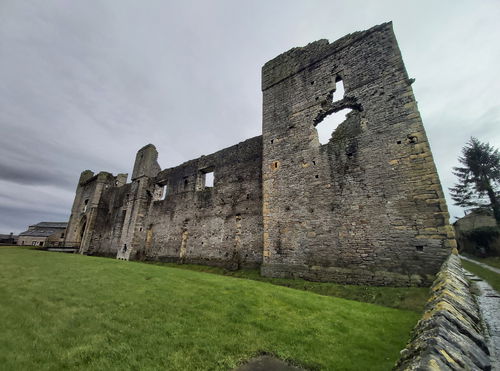
Middleham Castle
Castle Leyburn North YorkshireChildhood home of Richard III, built in the 12th century
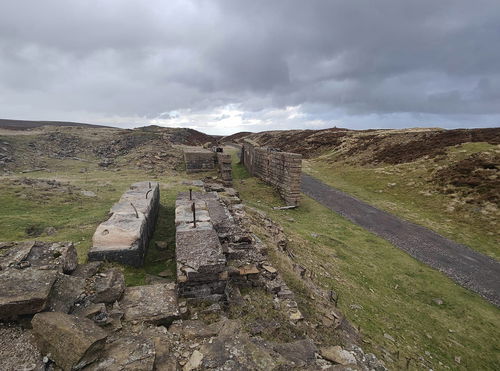
Bolts Law Standing Engine House
Building Stanhope County DurhamBuilt in 1846, the standing engine hauled railway trucks up and down an incline into Rookhope.
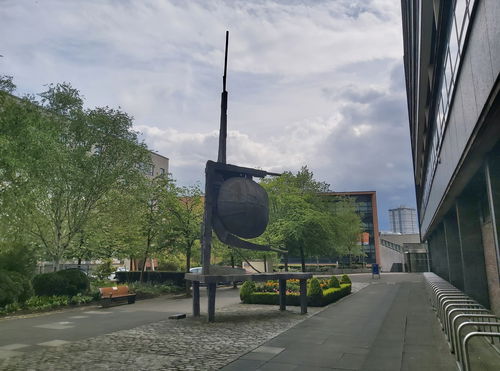
Spiral Nebula
Art Newcastle City Centre Tyne And WearA striking piece of post-war public art by renowned sculptor Geoffrey Clarke.
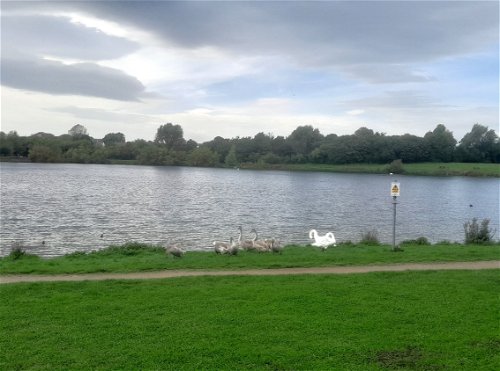
Hetton Lyons Country Park
Landscape Houghton-le-Spring Tyne And WearA country park with an important history, a massive lake, wildlife and fauna, fine views, loads of recreational and sport things. Bonus it has a cafe!
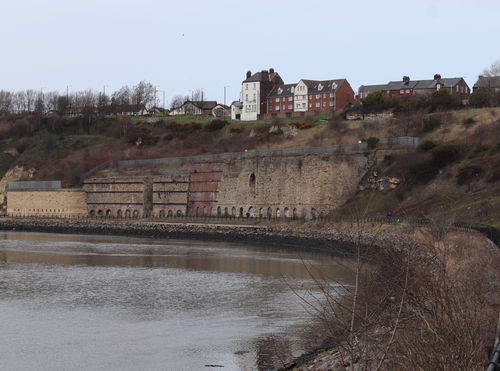
River Wear Lime Kilns
Lime Kiln Sunderland Tyne And Wear19th century lime kilns, located on the River Wear.
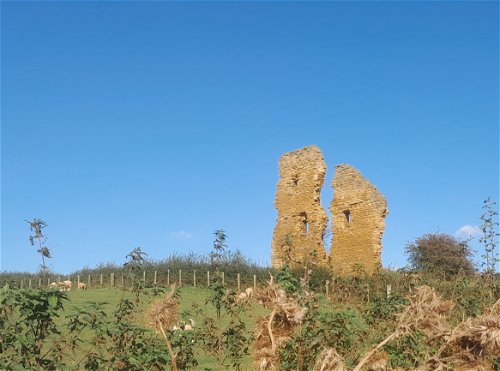
Ludworth Tower
Tower Durham County DurhamRemains of a romantic looking pele tower on a hill with scenic views.
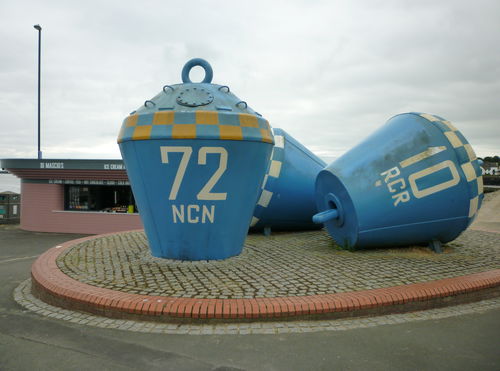
River Tyne Old Buoys
Art North Shields Tyne And WearRedundant marine buoys that are artfully decorated and now sit on the banks of the River Tyne.
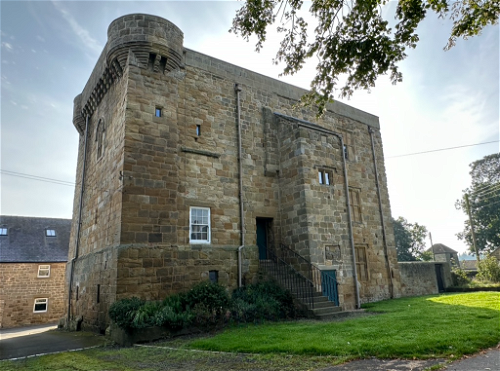
Cockle Park Tower
Tower Morpeth NorthumberlandA three-storied tower-house built as a hunting lodge then later extended and used as a farmhouse and students' hostel.
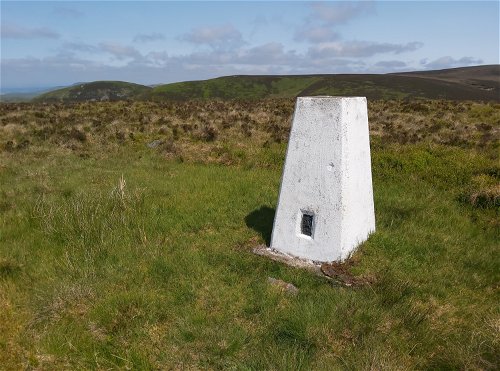
Lamb Hill Trig Point
Trig Point The Cheviots NorthumberlandThe trig point sitting on top of Lamb Hill on the border ridge (511m).
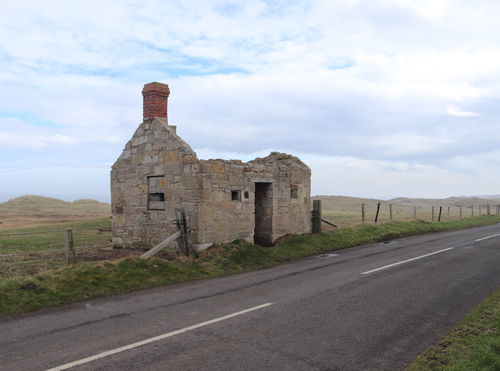
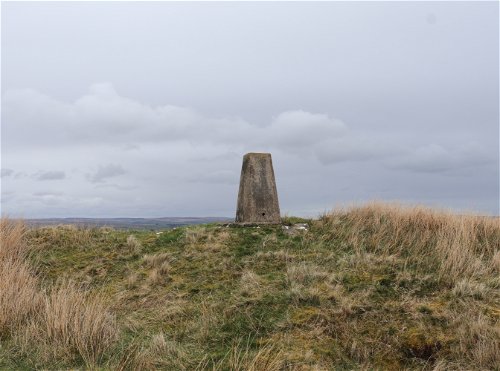
Ravensheugh Crags Trig Point
Trig Point Simonburn NorthumberlandThe trig point sitting on top of Ravensheugh Crags (256m) near Simonburn.
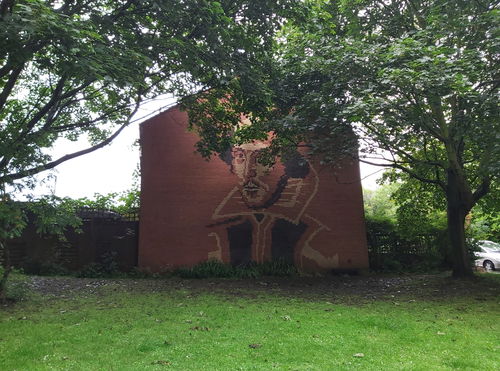
William Shakespeare Mural
Art Heaton Tyne And WearA brickwork mural of William Shakespeare on the gable end of a house in Heaton.
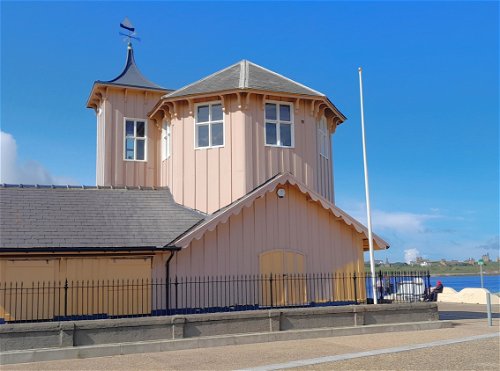
South Shields Watch House
Building South Shields Tyne And WearOne of Blighty’s oldest wooden ship-lapped buildings. Fresh from a new coat of paint.
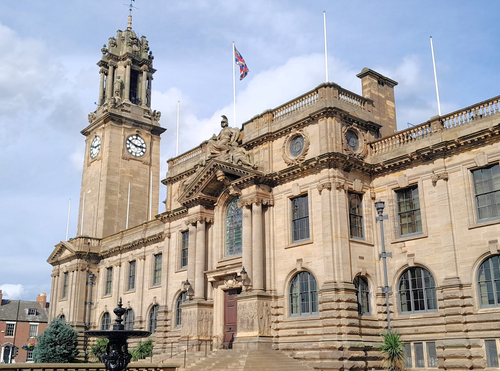
South Shields Town Hall
Building South Shields Tyne And WearEdwardian Baroque styled town hall which embodies civic pride.
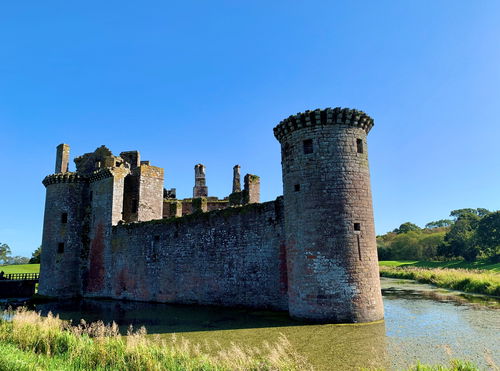
Caerlaverock Castle
Castle Dumfries ScotlandA substantial and imposing 13th century ruin of a new castle sits in contrast with the modest footprint of an old castle.
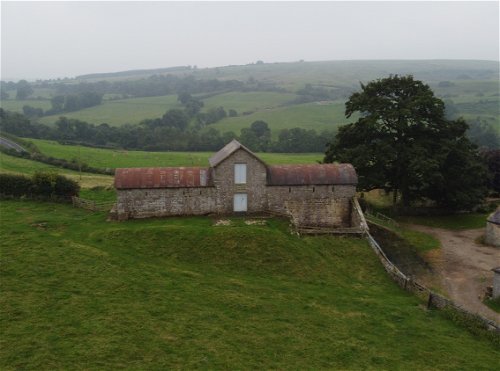
Cragend Farm Hydraulic Silo
Machinery Rothbury NorthumberlandAn experimental hydraulic silo to improve the efficiency of processing cut grass into silage built by Lord Armstrong.
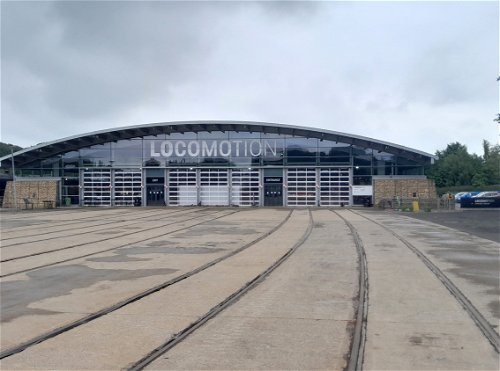
Locomotion
Museum Bishop Auckland County DurhamLocomotion in Shildon is a captivating railway museum that showcases the history of locomotives and their impact on transportation.
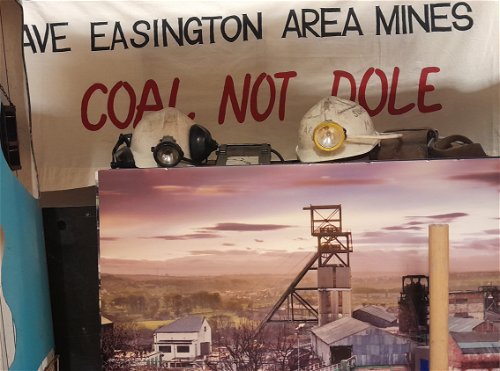
Durham Mining Museum
Museum Durham County DurhamA multitude of artifacts, equipment, models, photographs and information on all things mining.
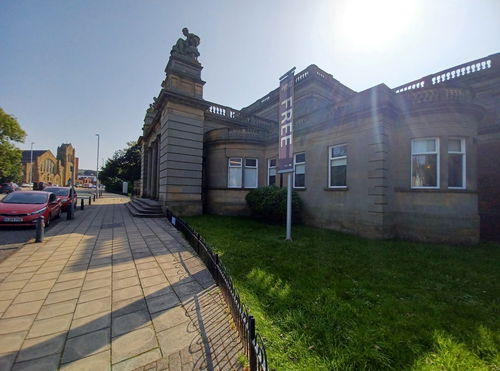
Shipley Art Gallery
Museum Gateshead Tyne And WearPurpose built gallery housing the collection of Joseph Shipley.
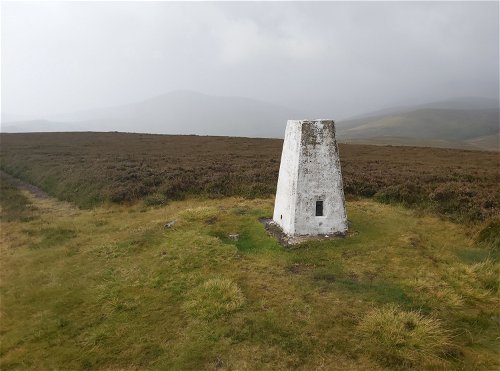
Cold Law Trig Point
Trig Point The Cheviots NorthumberlandThe trig point sitting on Cold Law on Thorgrafton Common (453m).
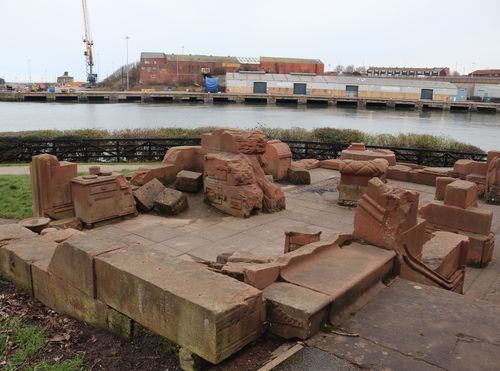
Red House
Art Sunderland Tyne And WearA sandstone ruined house that is part of a collection of sculptures on the Riverside Sculpture Trail.
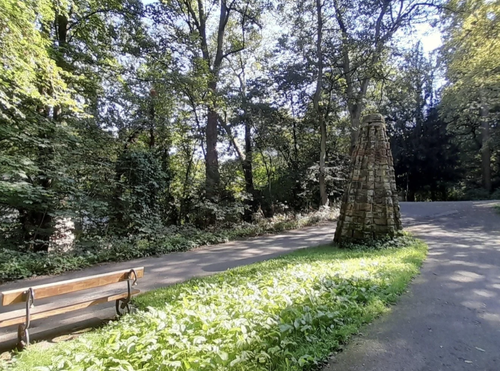
Reveal by Richard Cole
Art Durham County DurhamA tall pyramidical structure made with repurposed stone from a Durham Cathedral turret.
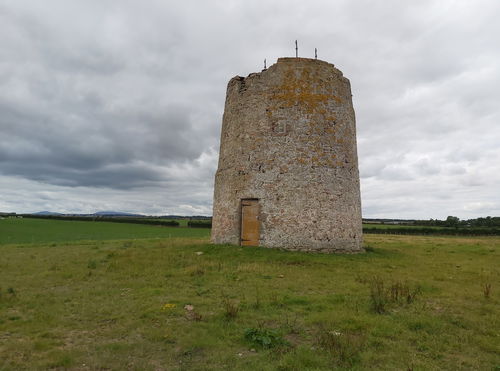
Haggerston Dovecote
Dovecote Berwick Upon Tweed NorthumberlandPossibly an old windmill converted into a dovecote which is lined inside with brick nesting boxes
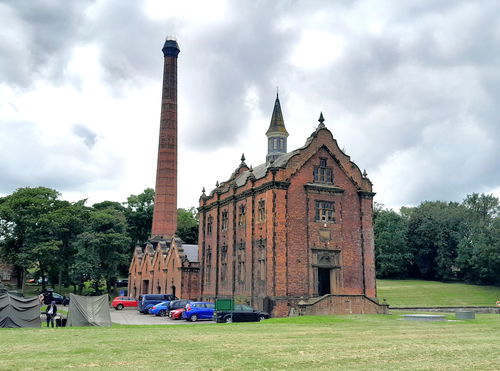
Ryhope Engines Museum
Museum Sunderland Tyne And WearAn original working Victorian Water Pumping Station operated by steam.
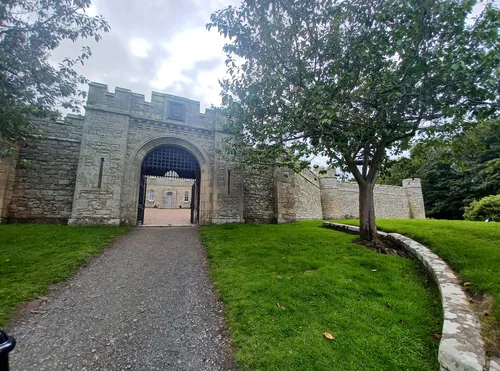
Jedburgh Castle Jail and Museum
Building Jedburgh BordersJail built on the site of the old Jedburgh Castle in the 1820s.
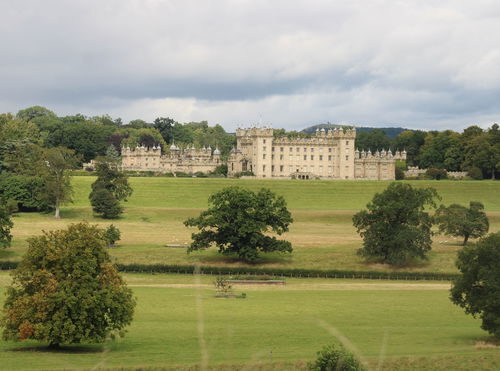
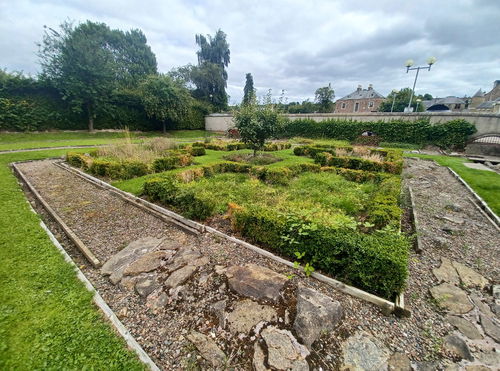
Greyfriars Garden
Religious Place Jedburgh BordersRemains of a 15th century friary in the heart of Jedburgh.

Foulden Tithe Barn
Building Berwick Upon Tweed NorthumberlandAn old tithe barn within the grounds of Foulden Parish Church where parishioners would give the church 10% of their agricultural produce.
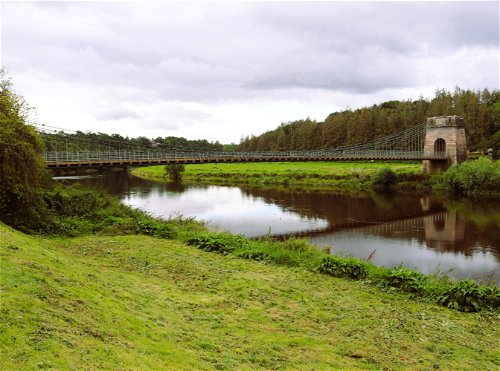
Union Chain Bridge
Bridge Berwick Upon Tweed NorthumberlandWhen originally built, the Union Chain Bridge near Berwick Upon Tweed was the longest wrought iron suspension bridge in the world.
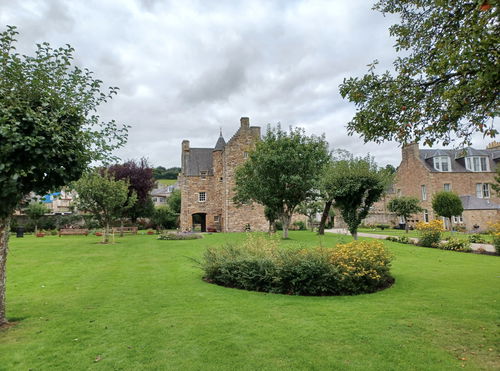
Mary Queen of Scots House
Museum Jedburgh BordersA 16th-century tower house in the town of Jedburgh, where it is believed that Mary stayed for a few weeks in 1566. The house is now a museum dedicated to Mary's life and times.
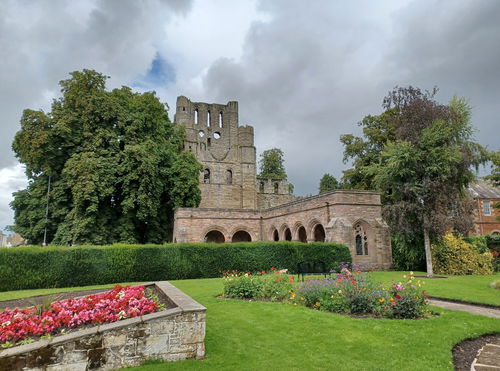
Kelso Abbey
Religious Place Kelso BordersA ruined 12th century Abbey in the Royal Burgh of Roxburgh, Kelso.
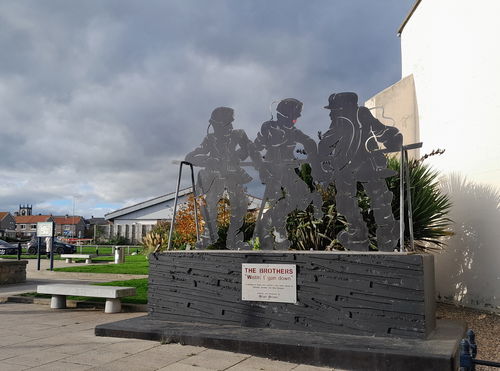
The Brothers
Statue Seaham County DurhamA sculpture of three miners waiting to go down the pit. It’s a reminder of the three mines that Seaham once had.
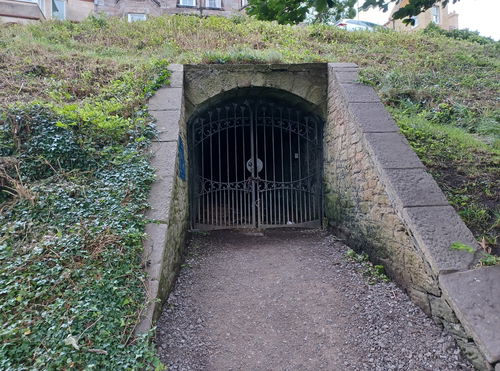
Bank Hill Ice House
Building Berwick Upon Tweed NorthumberlandA Grade II listed building that was constructed in 1796 to store ice for the fishing industry.
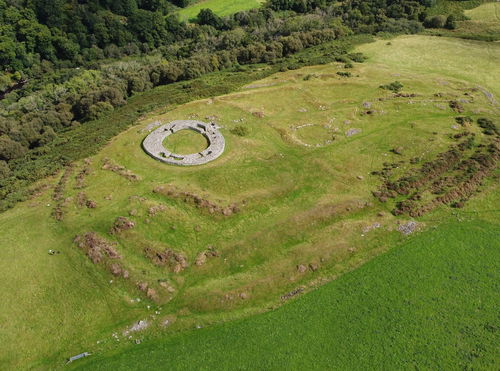
Edin's Hall Broch
Hillfort Duns BordersA type of roundhouse that was built during the Iron Age in Scotland and is located on the slopes of Cockburn Law.
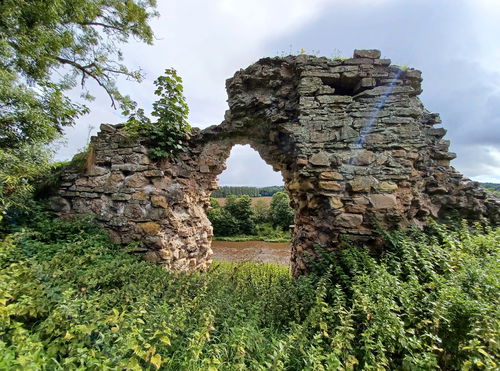
Roxburgh Castle
Castle Kelso BordersRuin near Kelso overlooking the River Tweed, in the grounds of Floors Castle.
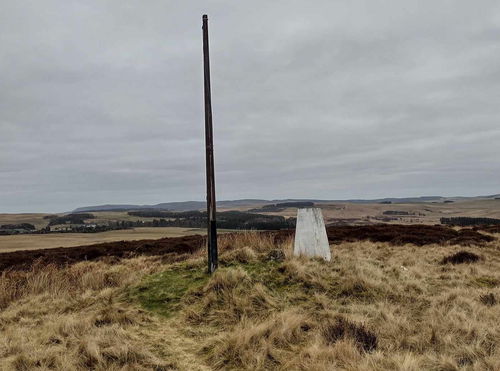
Blakeman's Law Trig Point
Trig Point Otterburn NorthumberlandThe trig point sitting on top of Blackman's Law (274m) near Otterburn.
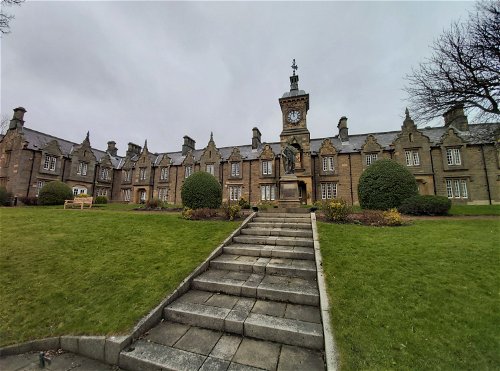
Master Mariners Homes
Building North Shields Tyne And WearA Grade II listed building in North Shields built in 1893-94 to provide accommodation for retired and needy seafarers and their wives.
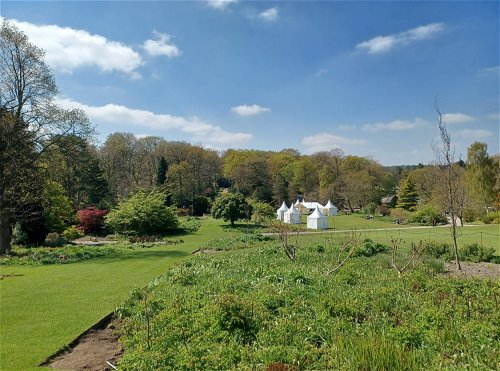
RHS Harlow Carr
Landscape Harrogate North YorkshireOne of the Royal Horticultural Society's flagship gardens in Harrogate.

Monkwearmouth Bridges
Bridge Sunderland Tyne And WearA single-span, through arch road bridge, built in 1928-29 by Sir William Arrol and Company Ltd., and designed by Mott, Hay and Anderson, and a bowstring arch railway bridge built in 1879.
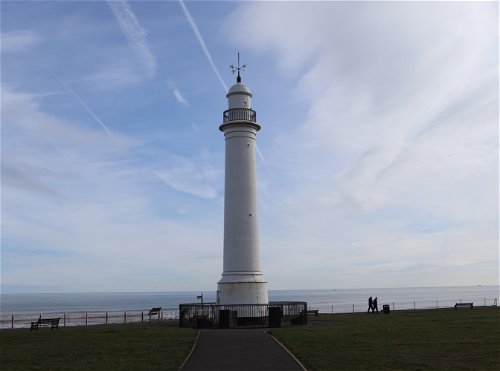
Meik's Lighthouse
Lighthouse Sunderland Tyne And WearA cast iron lighthouse set in Roker Cliff Park.
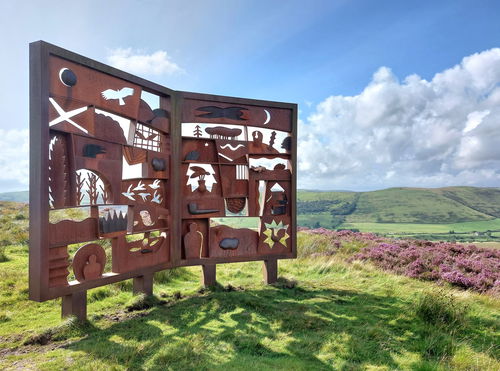
Hugh MacDiarmid Memorial
Art Langholm BordersA cast iron book sculpture a dedicated to the Scottish poet Hugh MacDiarmid.
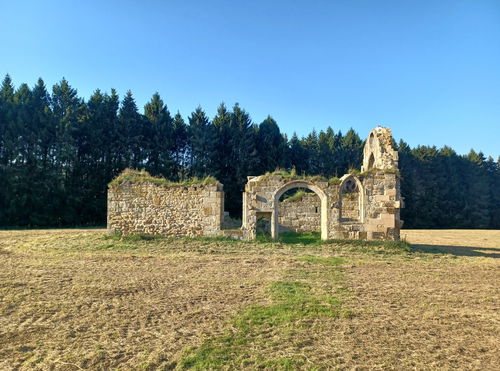
Low Friarside Chapel
Religious Place Rowlands Gill Tyne And WearRuins of a 14th century chapel in the grounds of Low Friarside Farm.

Benwell Temple Of Antenociticus
Building Benwell Tyne And WearA ruined Roman template dedicated to the local deity Antenociticus.
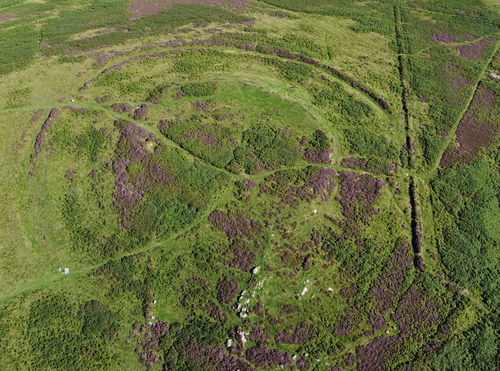
Lordenshaw Hillfort
Hillfort Rothbury NorthumberlandA 2,000 year old hillfort located on Lordenshaw Hill on the outskirts of Rothbury at the foot of the Simonside Hills.
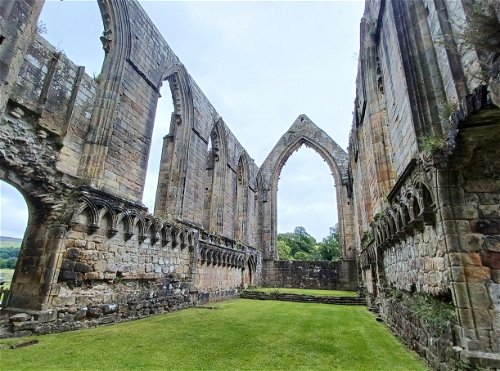
Bolton Priory
Religious Place Skipton North YorkshireRuins of a 12th century priory on the Bolton Abbey estate.
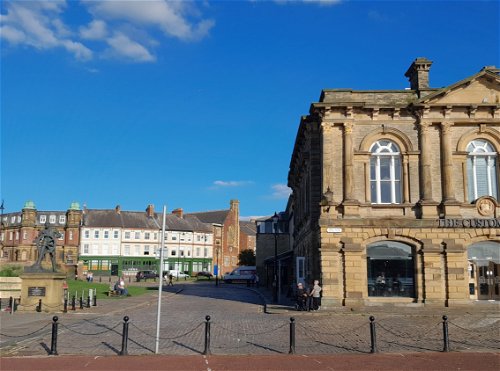
Mill Dam and Customs House
Building South Shields Tyne And WearAn urban conservation area, with grand buildings, cobbled lanes, River Tyne views, and a few pubs.

St Thomas the Apostle Church
Religious Place Stanhope County DurhamA Grade II* listed Church, dedicated to St Thomas the Apostle, in Stanhope.
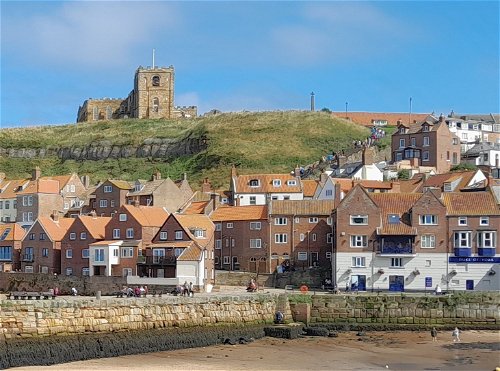
St. Marys Church Whitby
Religious Place Whitby North YorkshireA Norman Church with a quirky interior, sitting high and proud above Whitby with a paradigmatic gothic graveyard.
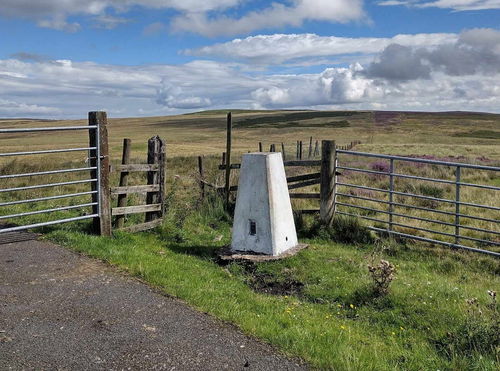
Branshaw Trig Point
Trig Point Rochester NorthumberlandThe trig point sitting on top of Branshaw (326m) on the Otterburn Ranges.
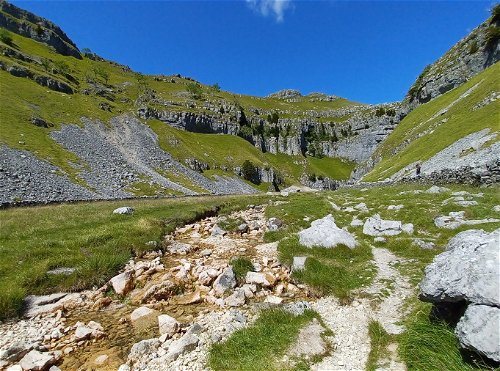
Gordale Scar
Waterfall Skipton North YorkshireLimestone ravine with two waterfalls in the heart of the Yorkshire Dales.
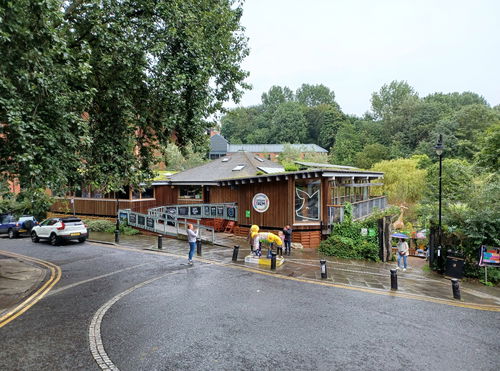
Ouseburn Farm
Building Newcastle City Centre Tyne And WearA charity and working community farm in the urban heart of Newcastle upon Tyne.
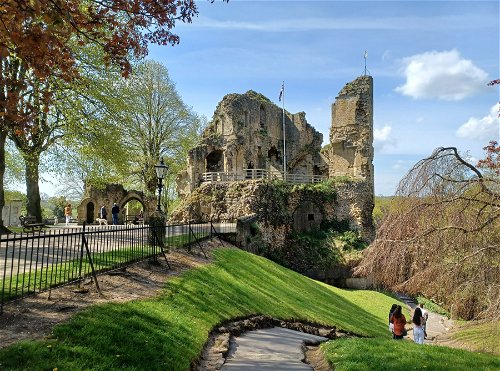
Knaresborough Castle
Castle Knaresborough North YorkshireA ruined fortress in the town of Knaresborough, North Yorkshire, first built by a Norman baron in c. 1100 on a cliff above the River Nidd.
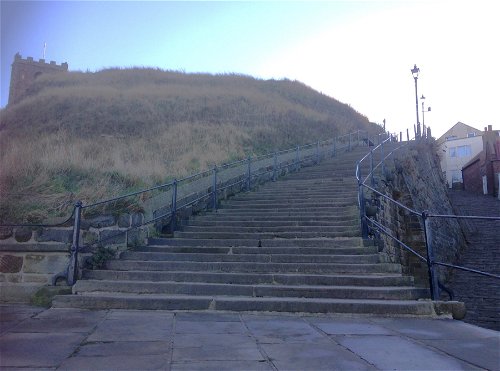
199 Steps In Whitby
Stairs Whitby North YorkshireThe 199 stone steps lead up to the ruins of Whitby Abbey, a classic Gothic graveyard, and the Norman Church of Saint Mary.
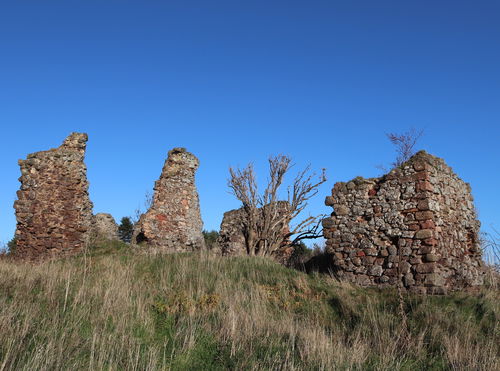
Markle Castle
Castle East Lothian BordersA ruined castle built in the early 1300s by the influential Hepburn family.
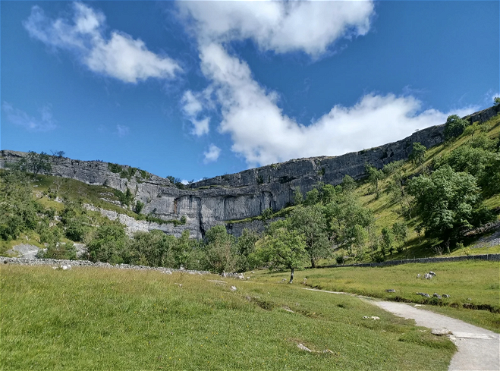
Malham Cove
Landscape Skipton North YorkshireA spectacular natural landform of Limestone Pavement in the Yorkshire Dales National Park.
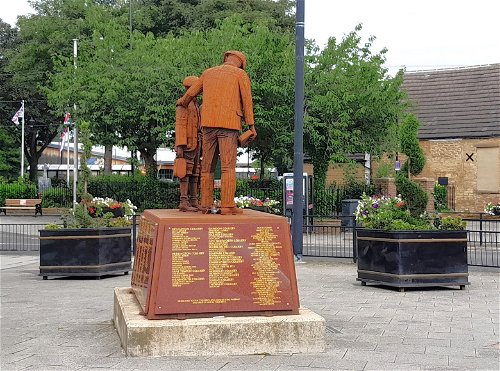
Da Said “Men Don’t Cry” Statue
Statue Houghton-le-Spring Tyne And WearA poignant tribute to the mining community in the distinctive style of Ray Lonsdale.
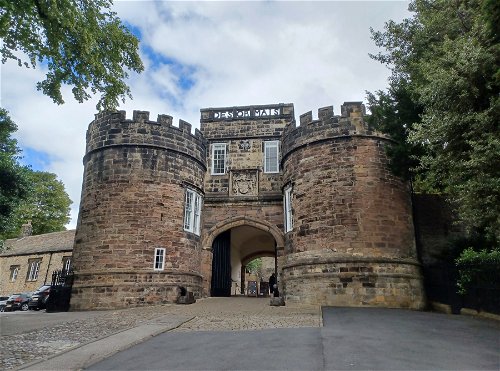
Skipton Castle
Castle Skipton North YorkshireMedieval castle, home to the Clifford family for 400 years
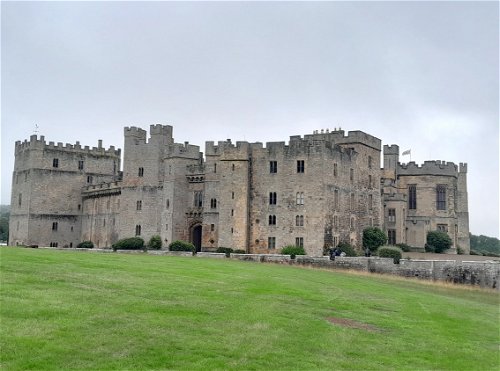
Raby Castle, County Durham.
Castle Barnard Castle County DurhamMedieval, Regency, and Victorian splendour all under several roofs. A wonderful deer park and woods. Oh and of course, it's haunted!
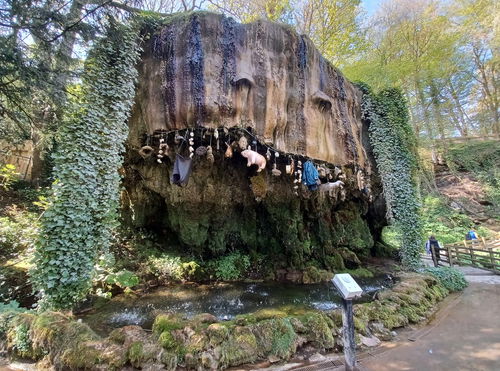
Mother Shipton's Cave
Cave Knaresborough North YorkshireA limestone cave in Knaresborough where local legend has it that Mother Shipton was born and lived.
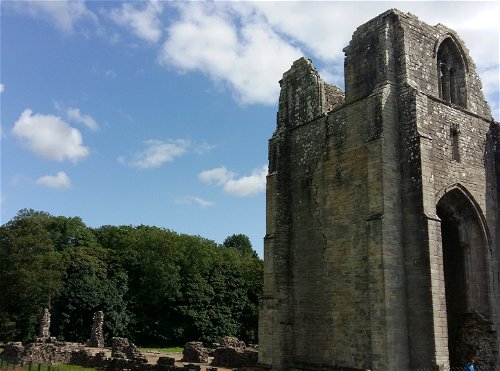
Shap Abbey
Religious Place Penrith CumbriaPeaceful, ruined 12th century abbey managed by English Heritage
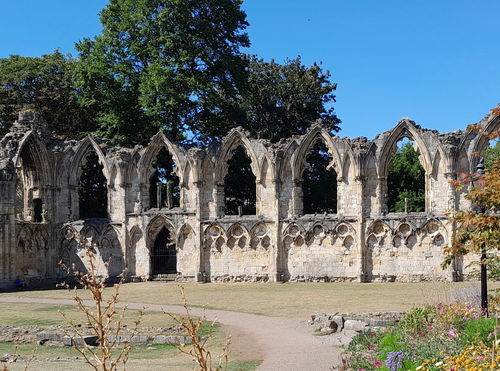
York Museum Gardens
Landscape York North YorkshireOver 10 acres of glorious trees, and plants with stunning romantic backdrops such as St Marys Abbey, The Hospitium, St Marys Tower, and the Roman Walls.
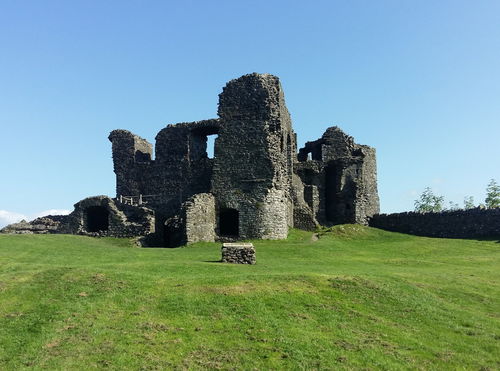
Kendal Castle
Castle Kendal CumbriaRuined castle built in the 1200s, with links to Katherine Parr's family.
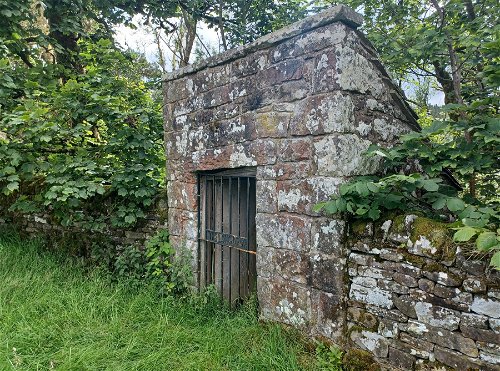
The Long Drop
Building Stonehaugh NorthumberlandThe highest perched toilet in England, situated in Northumberland National Park
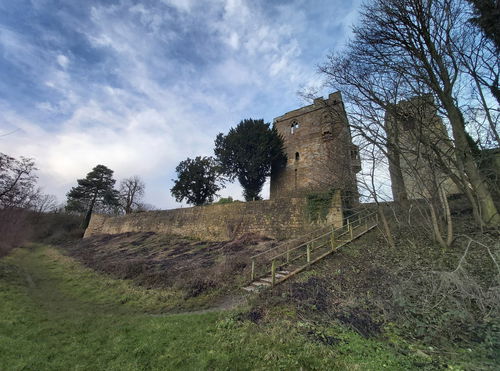
Marmion Tower
Tower Ripon North YorkshireMarmion Tower is a Garde I listed, 15th-century gatehouse in West Tanfield, North Yorkshire.
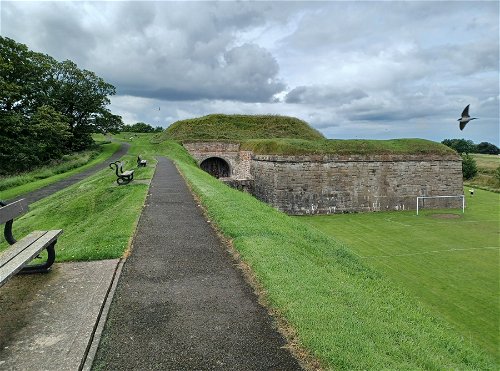
Berwick Elizabethan Town Walls
Military Berwick Upon Tweed NorthumberlandDefensive walls built in the 16th century, now managed by English Heritage.

Blackhall Rocks
Landscape Hartlepool County DurhamDramatic landscape and panoramic views of the coast. Stone art with science, history and mythology.
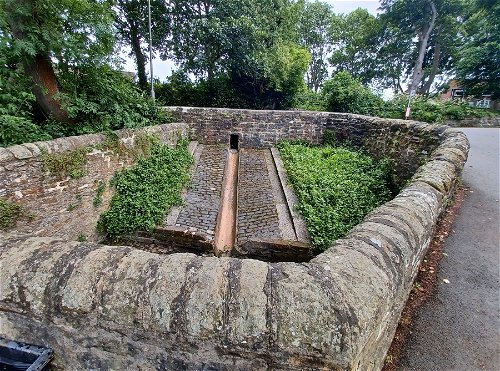
Ryton Pinfolds
Building Ryton Tyne And WearPens to hold stray animals, dating back to medieval times.
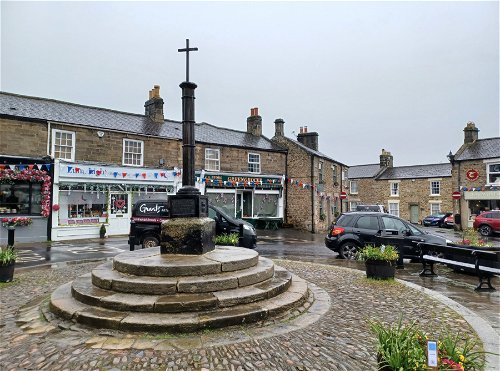
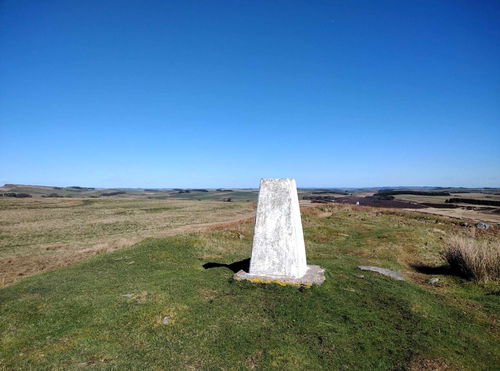
Barcombe Trig Point
Trig Point Bardon Mill NorthumberlandThe trig point sitting on top of Barcombe on Thorgrafton Common (280m).
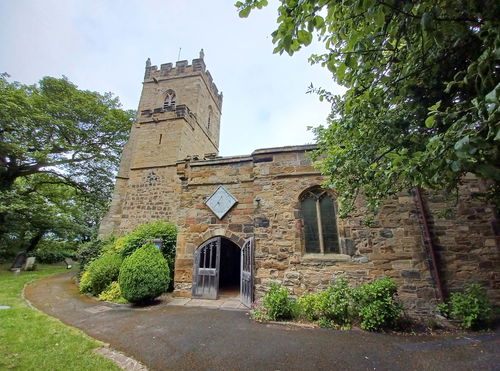
St John the Baptist Church
Religious Place Stockton on Tees North YorkshireAn 11th Century Church in the village of Egglescliffe
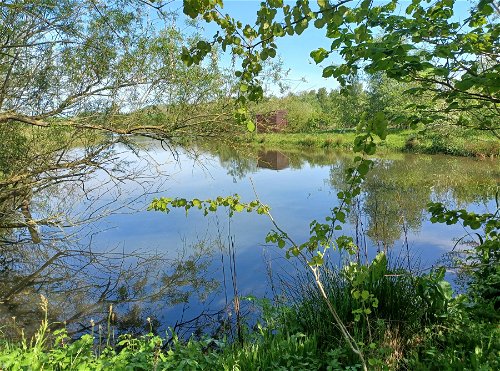
Branton Lakes Nature Reserve
Landscape Ingram Valley NorthumberlandA Nature Reserve alongside the River Breamish in the Northumberland National Park

Auldhame Castle
Castle East Lothian BordersA ruined 16th-century L-plan tower house located on a ridge above Seacliff beach.
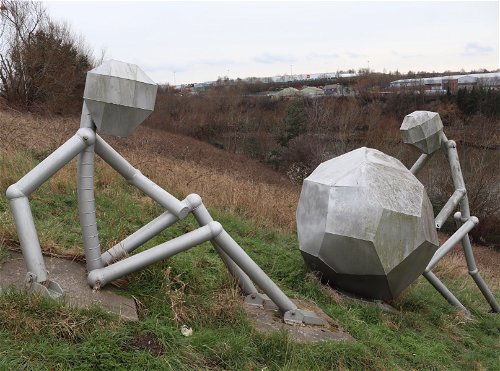
Men Of Steel
Art Sunderland Tyne And WearFour sculptures outside the Stadium Of Light that commemorate the city's industrial past.
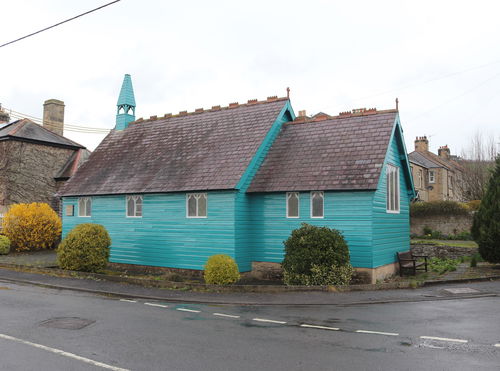
St Aidans Church Fourstones
Religious Place Hexham NorthumberlandA small wooden "off the peg" church in Fourstones, Northumberland. One of only two wooden Victorian missions in the country.
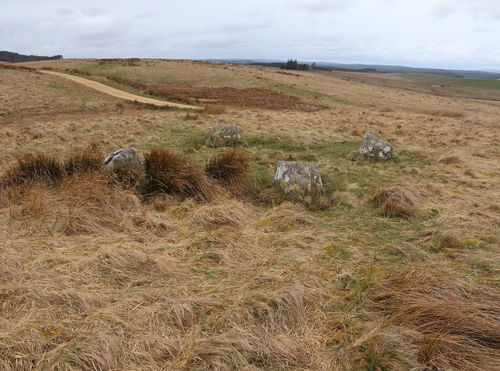
Goatstones
Stone Circle Simonburn NorthumberlandA Bronze Age four-poster stone circle located near Ravensheugh Crags in Northumberland.
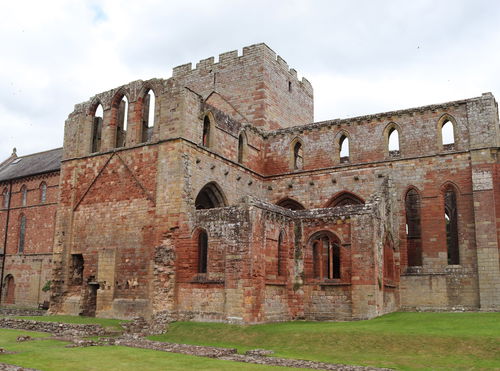
Lanercost Priory
Religious Place Brampton CumbriaLanercost Priory, founded in 1169, is a well-preserved medieval Augustinian priory in Brampton, Cumbria.
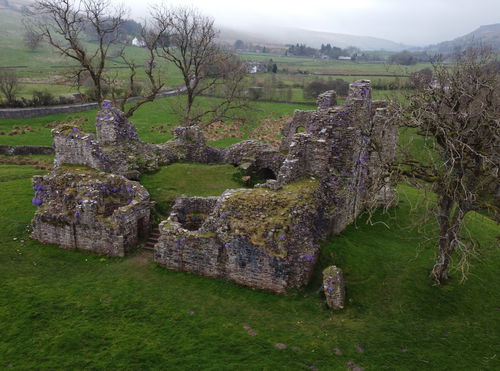
Pendragon Castle
Castle Kirkby Stephen CumbriaRuined castle dating to the 12th century, said to be founded by Uther Pendragon.
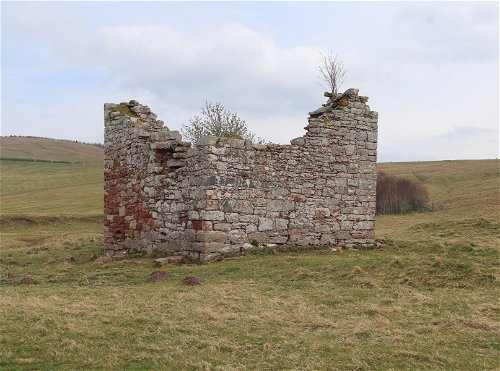
Fulton Tower
Tower Jedburgh BordersA 16th century ruined tower house belonging to the Hume family, who were a powerful Border clan.
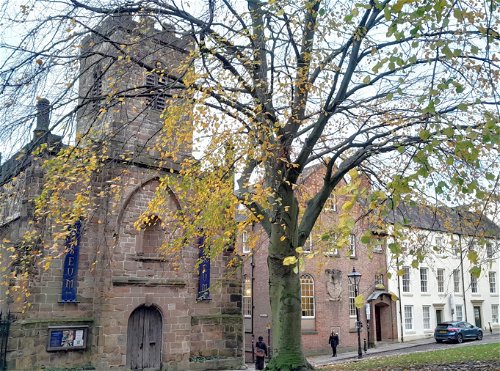
Durham Museum and Heritage Center.
Museum Durham County DurhamFormer St Mary le-Bow Church, hosting displays on Durham history.
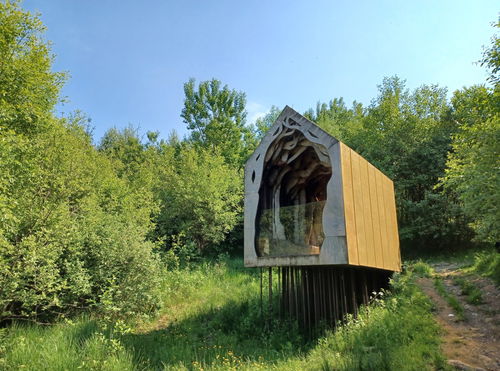
Freya's Cabin
Building Kielder NorthumberlandA timber cabin set on the banks of Kielder Water mirrored on the opposite bank by another, more simple hut.
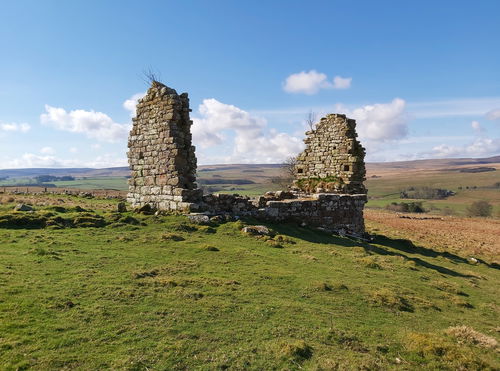
Shittleheugh Bastle
Bastle Otterburn NorthumberlandA ruined bastle in Redesdale near Otterburn in Northumberland standing as a reminder of the tumultuous history of the borders.

Waldridge Fell
Landscape Chester-le-Street County DurhamStunning 284 acre country park with woodlands, wetlands and lowland heath.
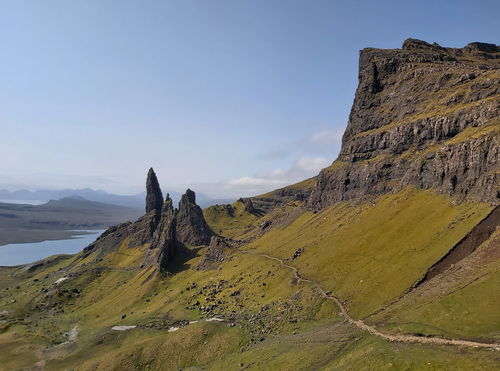
Old Man Of Storr
Landscape Skye ScotlandAn amazing landscape on Skye caused by an ancient landslide.
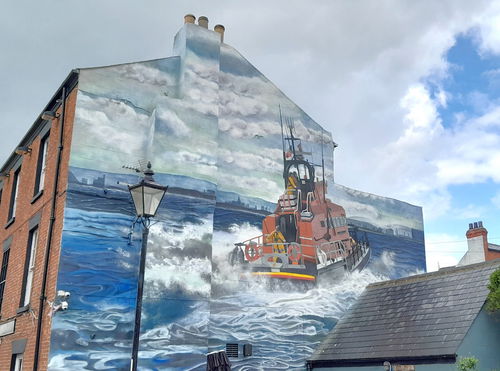
Murals At The Headland, Hartlepool
Art Hartlepool County DurhamStunning art around the Headland at Hartlepool. Each one has a story.
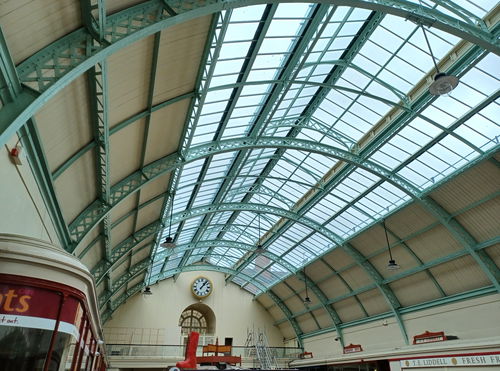
Grainger Market
Building Newcastle City Centre Tyne And WearA covered market in Newcastle City centre, designed by John Dobson and opened in 1835. Once the largest covered market in the country.
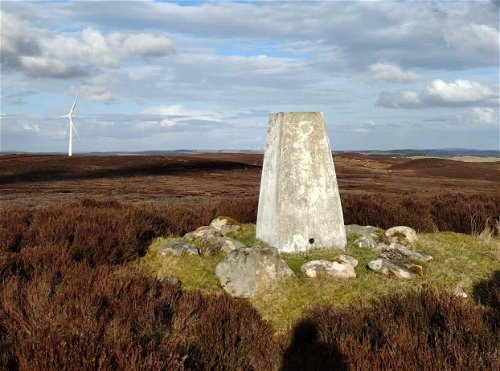
Blackdown Trig Point
Trig Point Kirkwhelpington NorthumberlandThe Blackdown trig point (310m) located on the Ray Wind Farm near Kirkwhelpington.
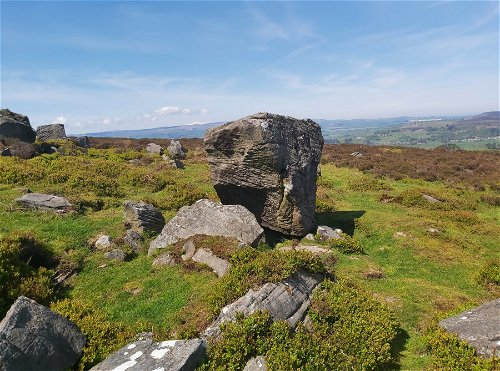
Thompson's Rock Solstice Stone
Standing Stone Rothbury NorthumberlandA holed stone in the Simonside Hills that lines up with the summer solstice.
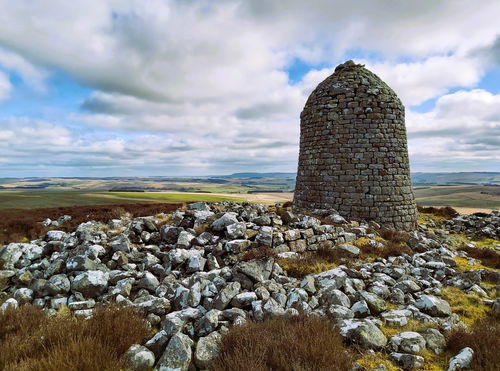
Padon Hill Monument
Landmark Otterburn NorthumberlandA 5m high cairn on Padon Hill marking the wedding anniversary of some local notables and to honour the work of a prominent Presbyterian preacher.
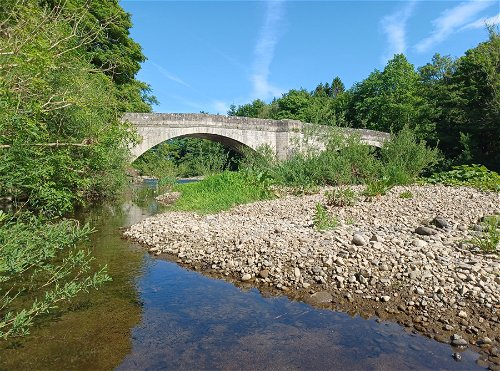
Clemmy Bank Bridge
Bridge Witton le Wear County DurhamPretty little 18th century bridge over the River Wear in Witton Le Wear.
Filter Results
Filter the places by category or their location, or even search by a keyword.
